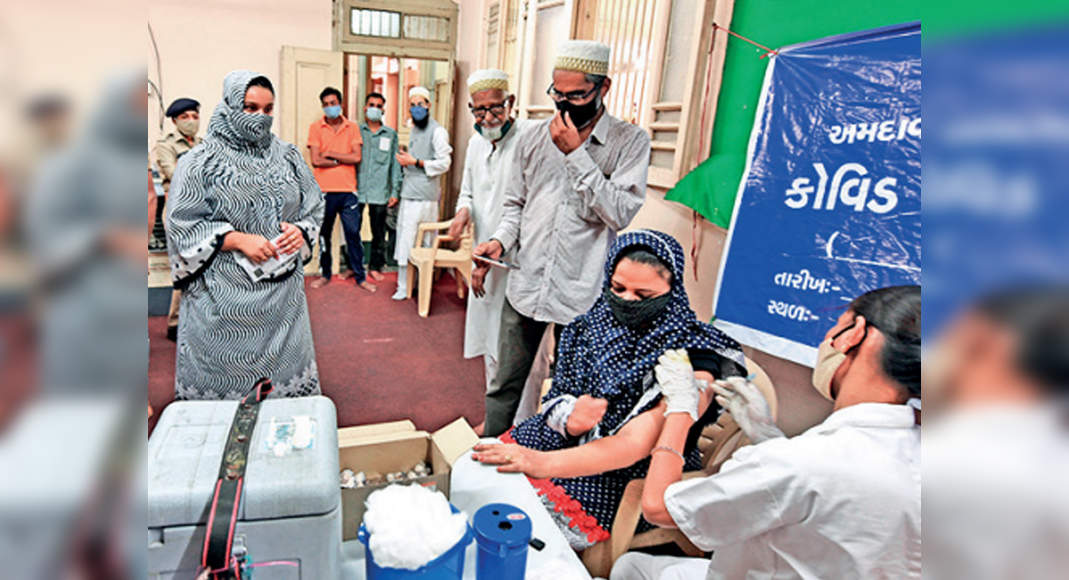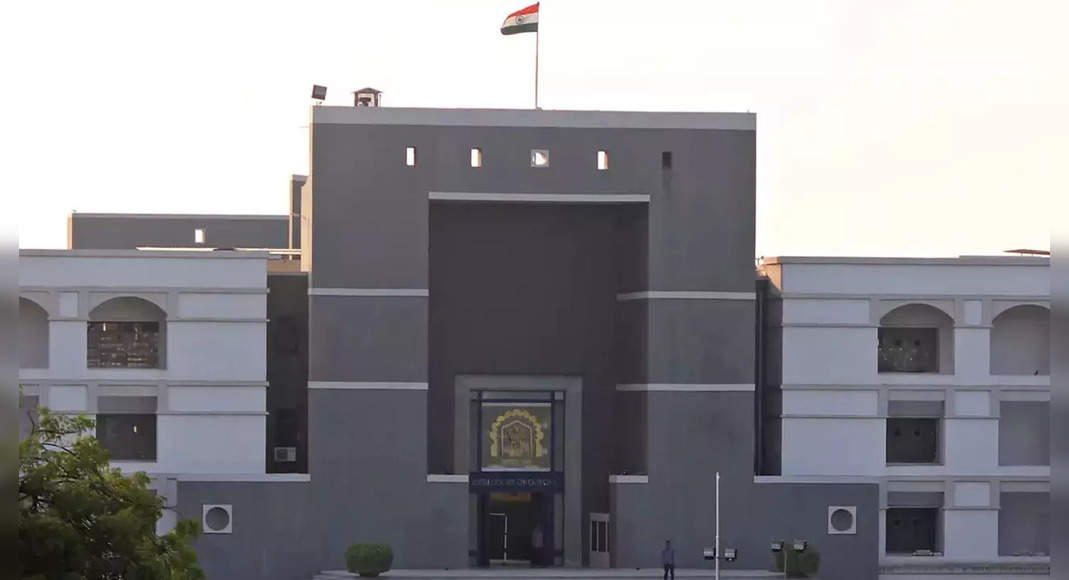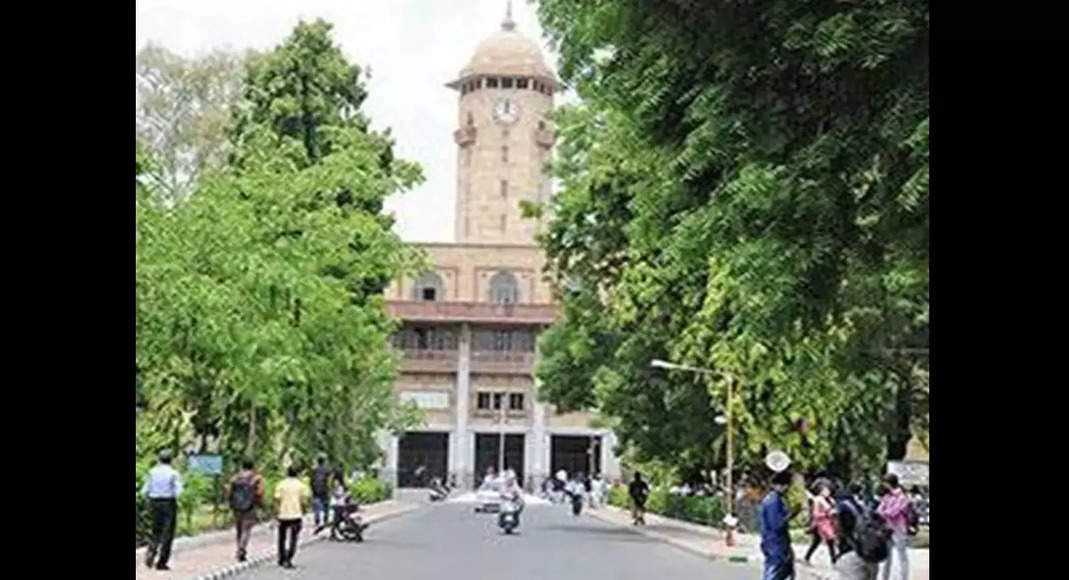AHMEDABAD: After the second wave of Covid cases caused by the Delta variant of Covid-19 in Gujarat and India at large, the state is bracing for further mutation of the Delta variant, currently named ‘Delta-plus.’ Gujarat has upped its ante with its neighbouring states Maharashtra and Madhya Pradesh recording confirmed Delta-plus Covid cases.
The Centre has already alerted Kerala along with Maharashtra and Madhya Pradesh after the variant was found.
Indian Council on Medical Research (ICMR) has also asked other states to remain on guard to ensure quicker identification of the mutation.
Jai Prakash Shivahare, state health commissioner, told TOI that Gujarat is following ICMR guidelines.
“Our focus is on increasing screening, testing and sequencing.
We have already started random screening of those who are coming from outside the state.
Moreover, we have not reduced the testing for Covid, despite the drop in cases, to get early signals on rise in cases,” he said.
But most importantly, the state is betting on exponentially increasing genome sequencing of confirmed Covid-19 positive samples.
Shivahare said that the state-funded Gujarat Biotechnology Research Centre (GBRC) will carry out genome sequence every month to find the Covid-19 variants including Delta-plus.
Dr Atul Patel, infectious diseases specialist and member of the Gujarat Covid-19 task force, said that Gujarat needs to be cautious about the Delta-plus virus.
“The Delta-plus virus is reported to be extremely infectious and possibly can immune escape the antibody defence the body has gained against coronavirus,” he said.
Dr Urvesh Shah, professor and head of microbiology at GCS Medical College, said that the Delta-plus has the mutation K417N on spike protein — first found in the Beta variant found in South Africa.
“This, coupled with the fact that it also possesses all other features of its predecessor Delta, might make the latest variant a lot more transmissible.
We may however need more data to work on,” he said.
“We are yet to know more about its severity and mortality compared to its predecessor.”







